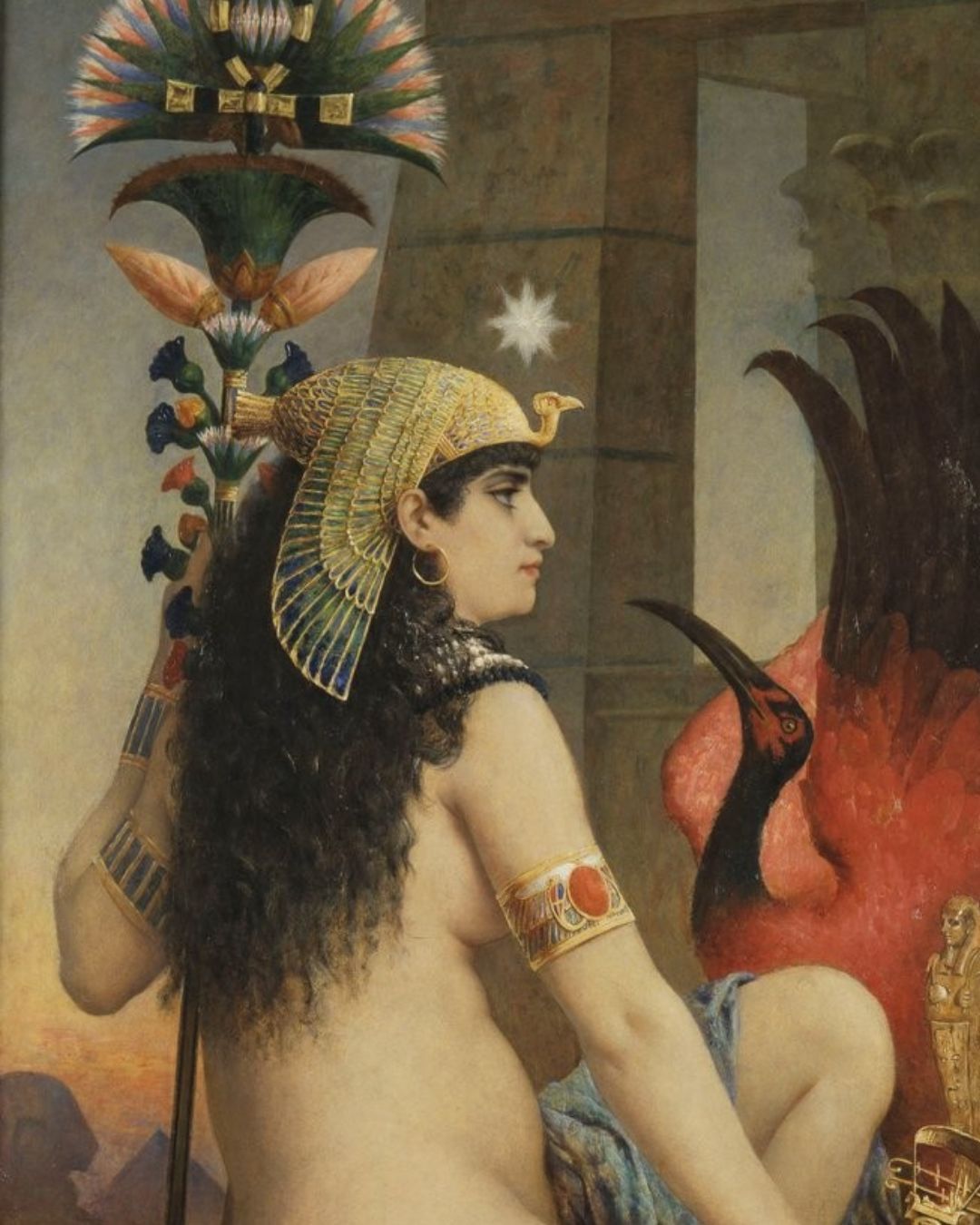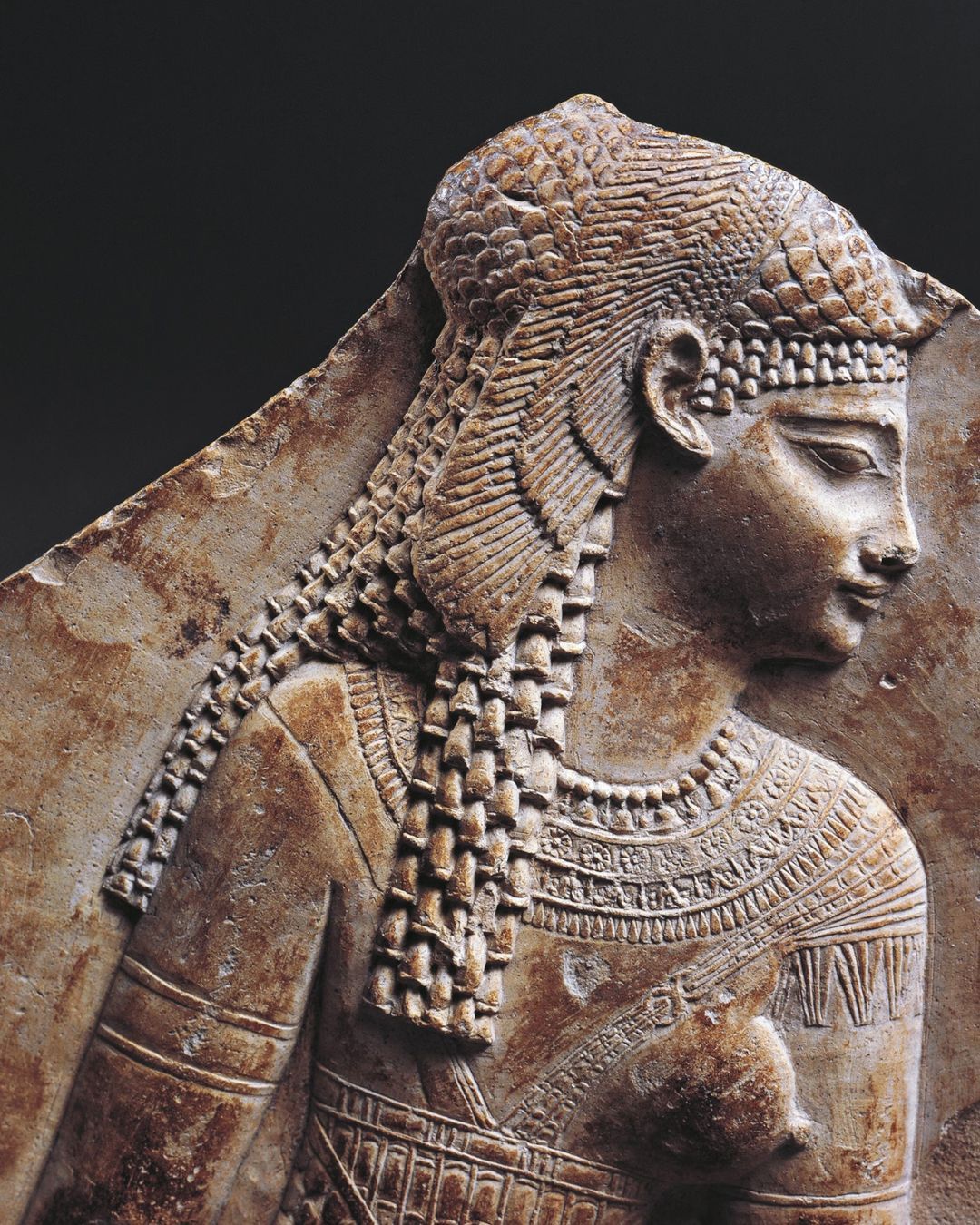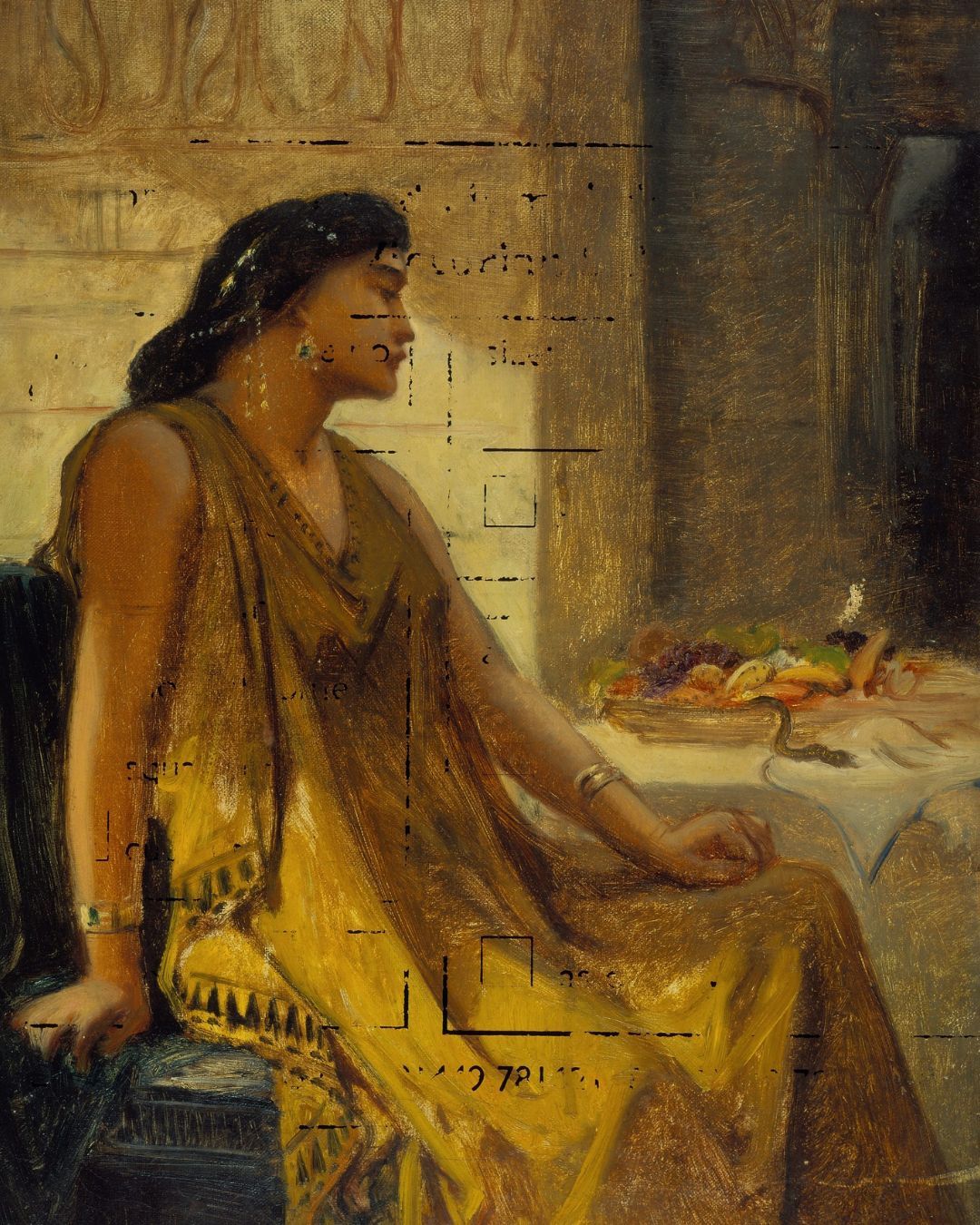
In the study of antiquity, Cleopatra VII has too often been reduced to myth: seductress, siren, casualty of Rome’s relentless expansion. Yet the archival fragments tell another story — one of strategy, ritual, and resilience. To view her solely through the lens of conquest is to overlook the precision with which she wove intellect and ceremony into a reign that outlasted expectation. In her world, power was never divorced from ritual; preparation was as political as battle.
Picture Alexandria in 69 BC. A child born into a dynasty already in decline, her name carried on Roman lips before she could walk. By eighteen, she is crowned queen — more formidable than advisors twice her age. Where her brothers falter in ceremony, Cleopatra studies: mathematics, astronomy, medicine, languages unspoken by her court. This was not ornament. It was preparation.
Unlike her Ptolemaic ancestors, Cleopatra did not remain above Egypt. She entered it. She spoke its language, honoured its gods, and walked among its people until they saw not a foreign ruler, but a pharaoh in their own lineage. She inscribed herself into their mythology — queen, goddess, strategist entwined.

History remembers her resilience as much as her allure. When Caesar falls to assassination in 44 BC, she does not collapse. She adapts, raising Caesarion as co-ruler. When Antony sails into Alexandria, she greets him not as supplicant but as Isis incarnate, golden barges gliding on scented air. Their children — Alexander Helios and Cleopatra Selene — mark union, even as Antony departs for Rome and political necessity. Cleopatra does not pine. She builds a navy. She secures trade. She reconstructs temples in Thebes.
And every evening, she returned to ritual. Jasmine petals on marble. Honey and milk poured from alabaster. Oils pressed into warm skin. These were not indulgences but ceremonies — daily renewals of power, composure, and presence.
Cleopatra dies at thirty-nine. Egypt becomes Rome. Yet her method endures. She remains our emblem of intellect sharpened by ritual, of sensuality inseparable from strategy, of public power rooted always in private preparation.

At 39BC, that inheritance is honoured in Silk Veil — a fine-fragrance shower oil composed of neroli, jasmine, tuberose, gardenia, amber, and musk. A veil of white florals that lingers on skin long after water has faded, echoing rituals that once prepared a queen for empire.
Because some ceremonies do not vanish with history. They remain in fragrance, in oil, in the silken architecture of preparation.
Step into Silk Veil. Step into ritual.
